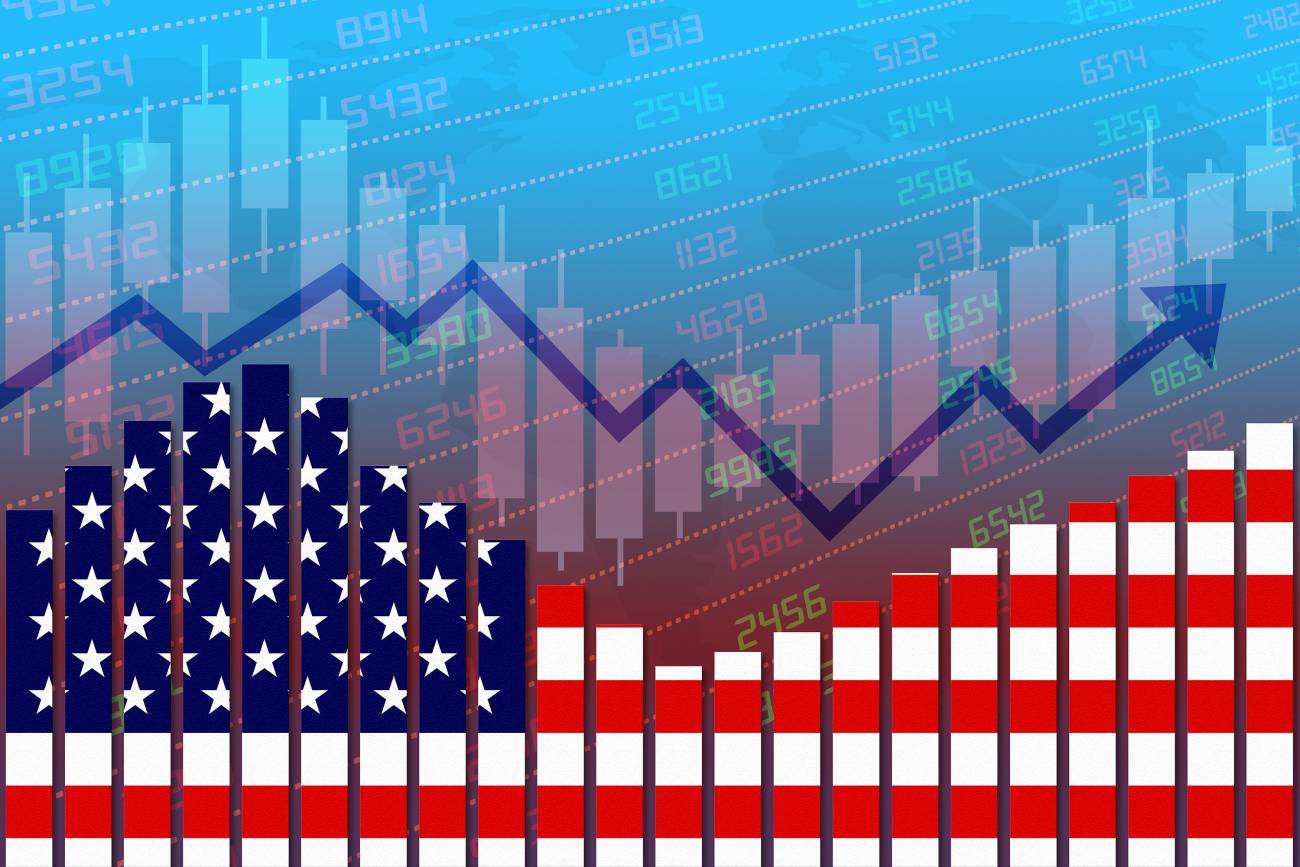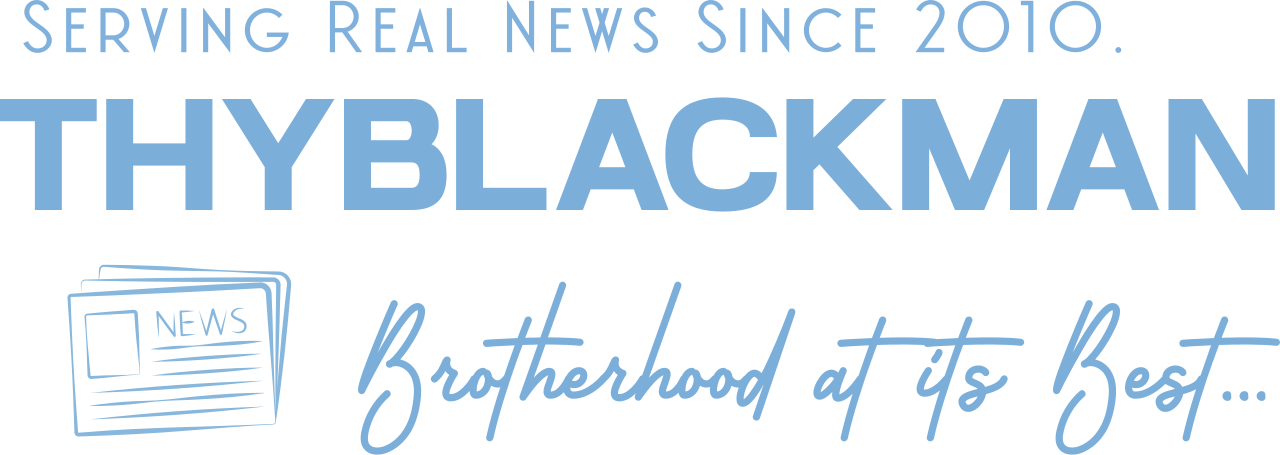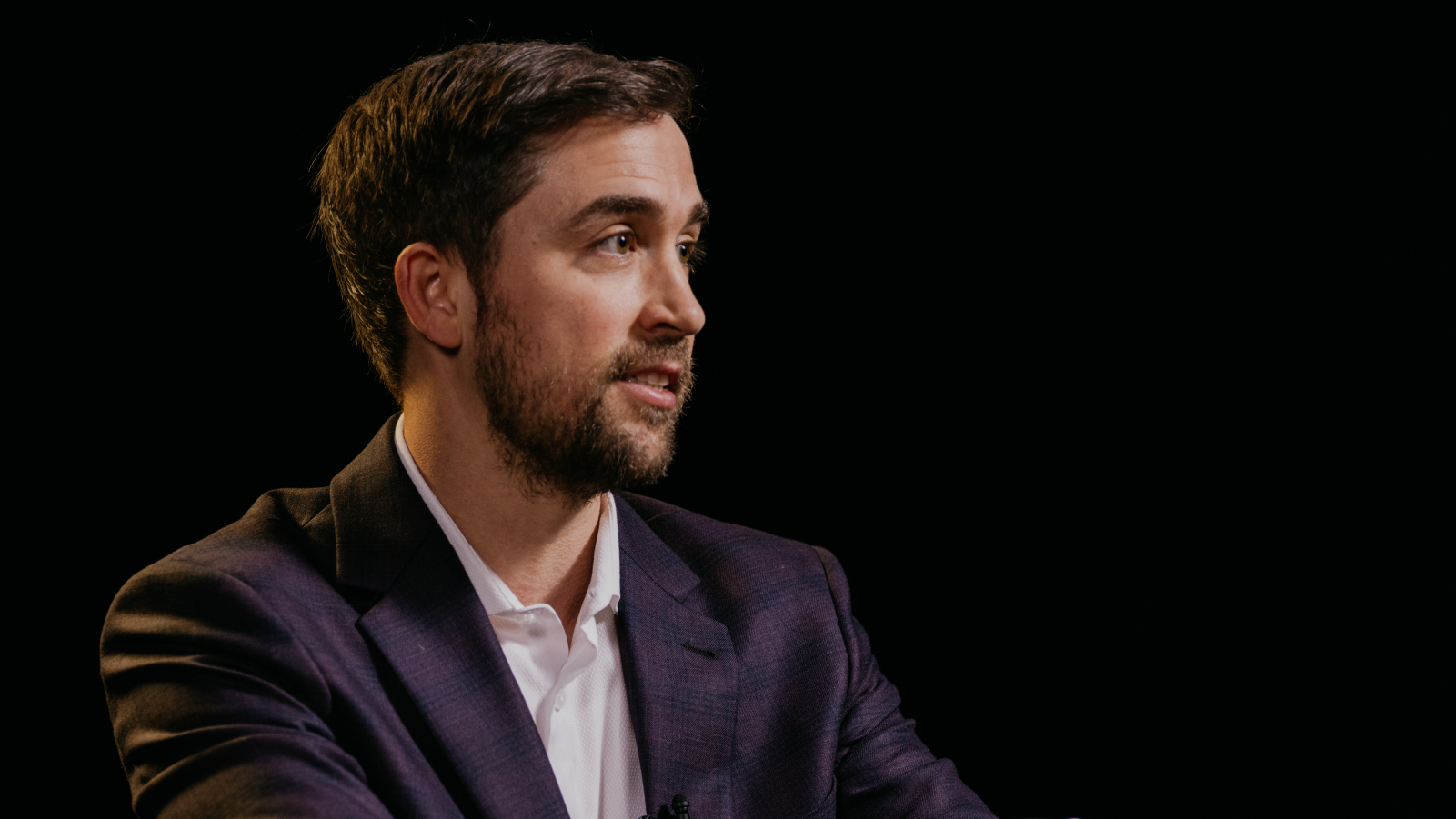(ThyBlackMan.com) President Donald Trump continually blasts the Federal Reserve, chaired by Jerome Powell for not lowering interest rates facilitating what is called, “a cheap money economy.” When Mr. Trump calls for lower interest rates, he is asking for cheap money. Naturally, when the Federal Reserve raises or lowers interest rates, it affects credit.
Because presidents know consumers use credit to make purchases of large and small items, from housing to cars and clothing, and in some instances groceries, lower interest rates or cheap money is desired by every president, regardless of the administration in office. Cheap money can grow the economy, as well as good economic policies. But if you don’t have great economic policies, cheap money as an economic policy is a good substitute and works every time.

However, this time around there is a different reality, the nation maybe facing a threat of rising inflation, due to Trump’s tariff policies, as even the president himself says, we may see prices rise, “briefly.” Additionally, inflation indicators are moving in the wrong direction, up, not down. And when prices increase, without any improvement in the product or service, like the quality of a product or superiority of the service, that is what you call inflation (increases in prices). However, there are other things going on here, and we know that, and that’s the tariff wars.
President Trump has committed the nation to a tariff war. In using the word or term, WAR; means the outcome is unknown. Wars by, their very nature have unpredictable twists and turns. You can, however, negate the pain of losing this war, through a cheap money economy, and of course Mr. Trump knows that. But here is the kicker. Just as indicated above, and as certain as a cheap money economy works every time, raising interest rates, or the cost of money to reduce inflation works every time, also. Increasing interest rates to fight inflation works when it comes to reducing inflation but sometimes can lead to a recession.
So, if inflation rises, due to his tariff policies, Mr. Trump cannot depend on cheap money to bail his administration out. Therein lies the problem facing the Trump administration. Furthermore, the Congressional Budget Office (CBO), which was established by the Congressional Budget Act of 1974 to provide objective, non-partisan information to support the Congressional budget process and help Congress make effective budget and economic policy states, Trump’s tax and spending bill will add as much as $3.8 trillion to the U.S. deficit.
To sum this up, President Trump is in a tariff war of his own making which could lead to higher inflation, and the Federal Reserve is weary of lowering interest rates believing the nation may experience higher inflation due to tariff increases. Federal Reserve chairman, Jerome Powell testified to Congress, “Tariff increases are likely to push up prices…” though they may be short lived depending on how long, and widely tariffs are implemented.
So, what is the Solution to the dilemma of possibly higher interest rates, slow growth and a president who is fighting with the Federal Reserve, demanding lower interest rates, but is experimenting with tariffs? The Solution is to transition to a proven and guaranteed economic growth and Job creation model economy. Consumer Spending, or consumption spending accounts for 68-70% of U.S. gross domestic product (GDP), according to the Bureau of Economic Analysis (BEA). “The 68% figure alone is proof,” it is Consumer Spending that is at the heart of growth and Job creation.
If you increase Consumer Spending, you increase economic growth and Job creation. When the consumer spends, our economy grows and when the consumer stops spending money the United States economy slows. So, how do you increase Consumer Spending? You increase Consumer Spending through a tax cut. Additionally, one of the major benefits of a 10-year 10% Consumer Tax Cut model economy is surplus revenues. Click on TheFixThisTime.com for more information.
The very nature or definition of growth means increasing and flourishing; and that is what a Consumer Tax Cut model economy will do, create Jobs and grow the economy. Therefore, “if the Trump administration delays taking the Tax Cuts,” passed as a result of the 2025 Tax Reform and Tax Cut and Jobs Act, and support and pass the first 10-year 10% Consumer Tax Cut, billionaires, millionaires, and corporations can draw down their tax cuts from surplus revenues, rather than out of the projected deficits, predicted by the CBO.
The logic of giving consumers a 10% tax cut to spur economic growth and create Jobs is mathematically and empirically sound. In our recovery from Covid 19, we observed, it worked in real time. The $2,000 stimulus check; it was not recorded as part of the gross income of its recipients. There was no income taxes paid on it (it was given to us tax free (a tax cut), so we could go out and spend it, creating demand, which led to creating Jobs in our economy).
During the nation’s recovery from Covid 19, stimulus payments, tax credits, and tax cuts under the Cares Act, the single largest relief bill in the history of the nation at the time of its signing ($2.3 trillion), into law on March 27, 2020, we find 75%-80% of the money legislated was spent on enhancing Consumer Spending, either directly, or indirectly. The unemployment rate dropped from 14.7% in May 2020 to 6.7% by November, a period when consumer focused stimulus was active. This proves there is a correlation between Consumer Spending and Job creation.
There were such programs, as the $484 billion Payroll Protection Program, and the $367 billion outlays of various loans, and grant programs to businesses, individuals and to major corporations. The Act provided for $454 billion to support the Federal Reserve lending. The deployment of these funds primarily kept consumers employed and spending, to sustain Job creation. However, one of the major tax cut programs disguised as a tax credit program, stood out, and helped us understand and drives home the point, it’s Consumer Spending that is at the heart of our nation’s growth and Job creation.
The tax cut to Families with Children, stood out as being very effective. It caused a gust of growth, and Job creation. Using Democrats’ figures, roughly $15 billion monthly in TAX CUTS started going out with 170 days left in 2021, as the tax cut to Families with Children program got underway in July and ended on December 31st. It resulted in $529 million a day being given to, and spent by consumers, every day, on average. What the federal government did was, front loaded money to Families with Children, based on the number of children, Internal Revenue Service records showed they had, and sent them a check.
1.091 million Jobs were created, in July, 483,000, in August, (in spite of the onset of the Delta variant), and 379,000 Jobs, in September during the peak of the variant. But the tax cut to Families with Children does not give the treasury the flexibility it needs to fix the economy, “this time.” Its payments must be issued to parents monthly based on a rigid, and pre-calculated amount based on the number of children. So, the ability and flexibility to increase, or decrease Consumer Spending or demand, through pulling payments forward to create a soft-landing for the economy is not possible, with the Families with Children tax cut.
Baby Boomers, as a homogeneous group, who are retiring at a rate of 10,000 a day, will statistically be the best target of the coming direct consumer tax cut. Distribution of the Baby Boomer Consumer tax cut, by appropriately pulling the delivery of the $25K tax cut forward when needed, will give the Secretary of the Treasury, Scott Bessent, the flexibility spoken of above, when it comes to creating demand.
The age group, beginning at 55 plus years, are responsible for about 40% of the spending done in our economy, and Baby Boomers are the core group of the 70% of spenders mentioned above. Thus, Baby Boomers are the largest population among that age group of consumers. Baby Boomers, who will receive the $25,000 Consumer Tax Cut at the time of retirement, once they start receiving Social Security retirement payments, will spend the money as consumption DATA shows low-and middle-income Americans are more likely than wealthy earners to spend benefits, from the government immediately, and stimulate economic growth, and Job creation.
The Covid 19 recovery also demonstrated that, when you give a direct tax cut to consumers, who are 68-70% of GDP, the increase in spending creates new revenue streams and surplus revenues, making the tax cut deficit neutral. Don’t take my word for it, let’s look at the numbers. The Treasury Department reported, the U.S. government posted a $119 billion budget surplus in January 2022. It was the first, in more than two years, due to Consumer Spending and strong growth in tax receipts, as the pandemic declined.
Staff Writer; James Davis
Mr. Davis is a Financial Analyst. His articles are about relating facts in a usable, truthful, and understandable way. That way, WE ALL WIN. James is, the author of three books, among them, “The Fix This Time,” Boost Your Retirement Income! Simultaneously Create Jobs and Spur Economic Growth (https://www.amazon.com/dp/B00MI3PD2M). Reach out to James @ his blog https://thefixthistime.com.
Question? Comment? One may use this email address; MrDavis@ThyBlackMan.com.

















Leave a Reply